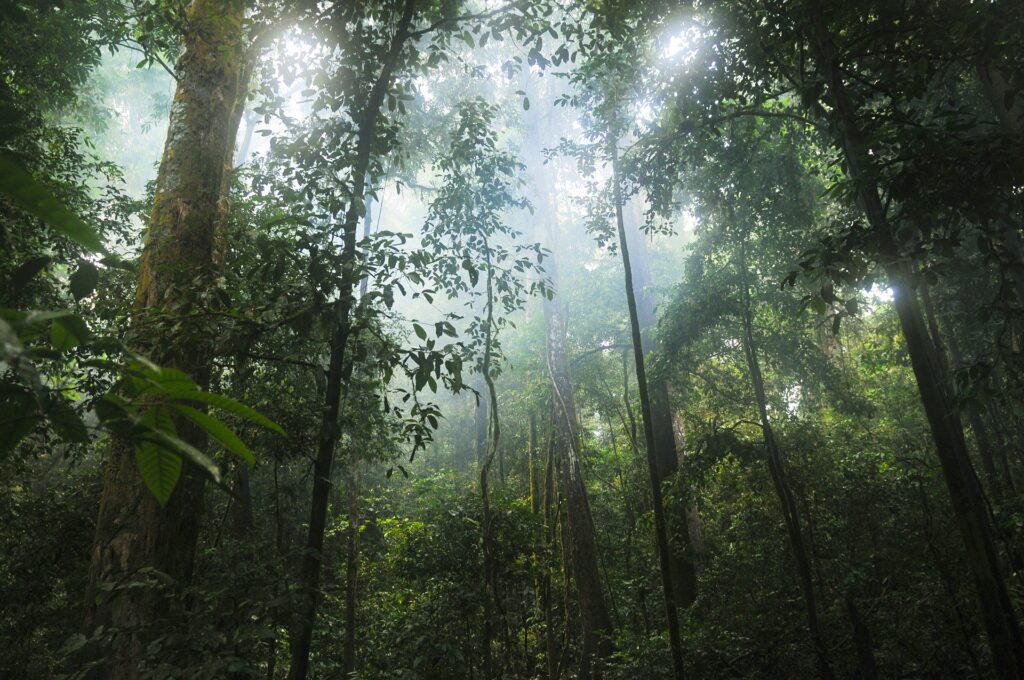A new study has discovered that moisture leaving the dense canopy of the Congo rainforest is the largest source of water vapor during the spring rainy season.
Home to the world’s second-largest rainforest, the 500-million-acre Congo basin has been slowly drying out for the last four decades. Although it is generally believed that the rainy season requires moisture to be transported from the ocean, research published in the American Geophysical Union Journal of Geophysical Research: Biogeosciences found evapotranspiration to be the largest source of water vapor for the spring period.
Rong Fu, a climate scientist at the University of California-Los Angeles and co-author of the study, said, “Generally, people think that the onset of the rainy season requires moisture transport from the ocean. But this study suggests that in the spring rainy season, most of the moisture is coming from plants.”
The findings have implications for land-use changes and sustainable agriculture in the Congo rainforest, where deforestation is a concern. Recent, rapid land-use changes could threaten that moisture source, which local communities rely on.
The Congo is the world’s second-largest ‘terrestrial water center’, behind the Amazon. It is thought that changes to the Congo could influence not only regional water cycling but also global hydrology.
To find out how large a part transpiration plays during the spring season, researchers used remote sensing techniques that allowed them to track the isotopic composition of water vapor in the basin throughout the year. Moisture from the ocean and moisture from plants have different chemical signatures that satellites could detect.
Fu was particularly interested in finding out what controlled moisture during the Congo rainforest’s spring rainy season, which has been getting drier since the 1980s.
“To our surprise, evapotranspiration is even more important in the Congo than in the Amazon,” she said.
The team’s results showed that during the early rainy spring, over 80% of the moisture came from the plants – about 30% more than in the Amazon. In contrast, during the fall rainy season moisture from the oceans became more important than transpiration. However, between the two is the dry season, which relies on moisture stores from the wet season to keep the air moist. As dry seasons become longer and the rainy seasons less wet, the dry season could get drier.
“We need to study this link to predict what the reduction in evapotranspiration might be. Whether rainfall in the Congo will increase or decrease as a result of climate change is very uncertain,” Fu said.



